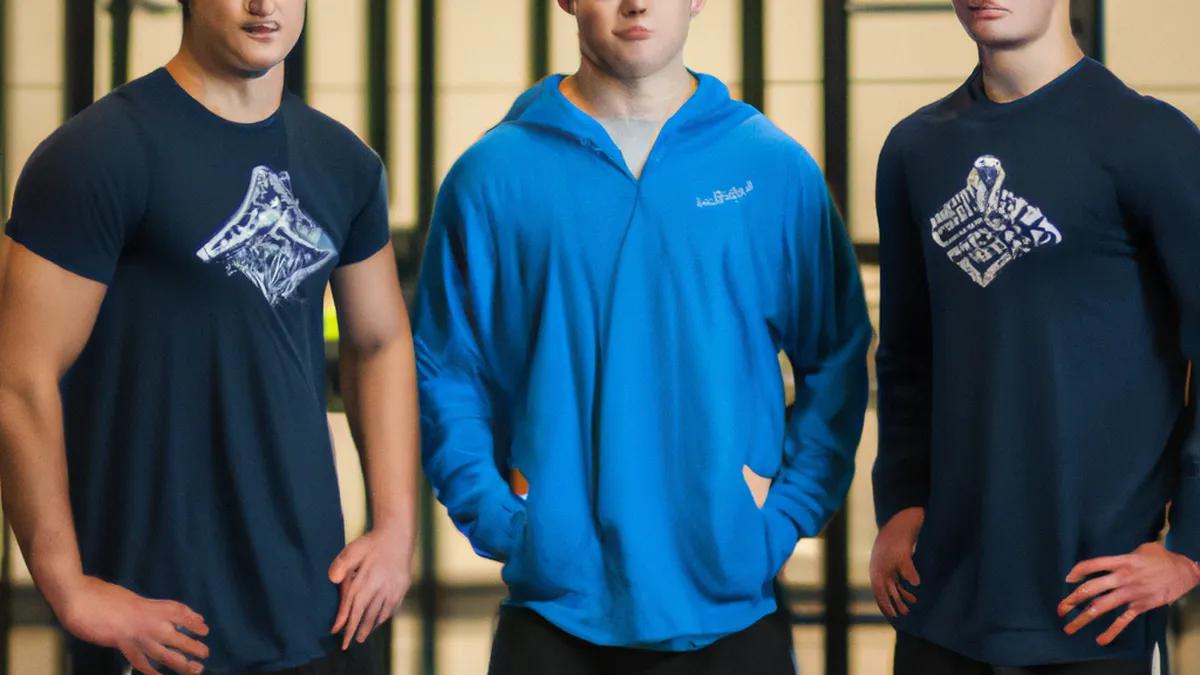Partner Stretches to Improve Gymnast Flexibility
Flexibility Routines to Improve Performance in GymnasticsGymnastics demands strength, balance, coordination, and agility. Flexibility significantly enhances gymnasts’ performance. Increased flexibility improves movement aesthetics and helps gymnasts execute complex skills precisely. This post explores effective flexibility routines for gymnasts and emphasizes their importance.
Importance of Flexibility in Gymnastics
Flexibility allows gymnasts to perform skills requiring a wide range of motion. It is essential for executing splits, backbends, and tumbling passes. Adequate flexibility enables gymnasts to achieve greater heights and angles, making performances dynamic and visually appealing.Flexibility also prevents injuries. Tight muscles and joints increase the risk of strains and sprains. Gymnasts who incorporate flexibility training reduce injury risks, allowing consistent training and optimal competition. Enhanced flexibility aids recovery, alleviating muscle soreness and tension after intense workouts.
Key Flexibility Routines for Gymnasts
As an Amazon Associate I earn from qualifying purchases.
Gear tip: consider compression sleeves, compression socks, and percussive massager to support this topic.
Gymnasts should include specific flexibility routines in their training programs. Below are effective exercises focusing on key muscle groups vital for gymnastics performance.
1. Dynamic Stretching
Dynamic stretching prepares muscles for gymnastics’ physical demands. Add these dynamic stretches to your warm-up routine:- **Leg Swings:** Stand on one leg and swing the opposite leg forward and backward. Aim for 10-15 swings per leg to loosen hip flexors and hamstrings.- **Arm Circles:** Extend your arms to the sides and make small circles, gradually increasing the size. This warms up the shoulders effectively for various gymnastics skills.- **Walking Lunges:** Step into a lunge and switch legs as you walk forward. This exercise stretches hip flexors and activates legs, enhancing balance and coordination.
2. Static Stretching
Static stretching benefits gymnasts after workouts when muscles are warm. It helps lengthen muscles and improve flexibility over time. Include these static stretches in your cool-down routine:- **Hamstring Stretch:** Sit with legs extended in front. Reach for your toes while keeping your back straight. Hold for at least 30 seconds to stretch hamstrings and lower back effectively.- **Butterfly Stretch:** Sit with the soles of your feet together, letting your knees fall outward. Gently press your knees toward the ground for an effective groin stretch.
Conclusion
Flexibility plays a crucial role in gymnastics performance. Incorporate these routines to enhance flexibility and prevent injuries. Consistent practice leads to improved skills and overall performance.
Below are related products based on this post:
FAQ
Why is flexibility important in gymnastics?
Flexibility is essential in gymnastics as it allows athletes to perform skills requiring a wide range of motion. It enables gymnasts to execute movements like splits, backbends, and tumbling passes with greater ease and precision, enhancing the overall aesthetic of their performances.
How does flexibility training prevent injuries?
Incorporating flexibility training reduces the risk of injuries by alleviating tightness in muscles and joints. By maintaining adequate flexibility, gymnasts can lower the chances of strains and sprains, which allows for more consistent training and better performance during competitions.
What types of stretching should gymnasts include in their routines?
Gymnasts should include both dynamic stretching in their warm-up routines and static stretching in their cool-down routines. Dynamic stretches, such as leg swings and walking lunges, prepare the body for activity, while static stretches, like hamstring and butterfly stretches, help improve flexibility after workouts.















Post Comment